Ion Storage Group Research
The NIST Ion Storage Group carries out research on a wide range of topics in quantum information and precision measurement. Below is a listing of current research activities; click the links for additional information.
Trapped Ion Optical Clocks
We use trapped ions for precision metrology of optical frequency, which provides the basis for diverse applications from optical clocks to tests of fundamental physics and relativistic geodesy.
Staff Scientists: David Hume, Mason Marshall, James Chin-Wen Chou
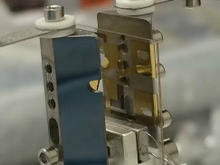
Quantum Computing, Sensing, and Control with Trapped Ions
The coherent control of quantum-mechanical systems enables fundamental scientific studies and holds promise for revolutionizing computing. We develop new architectures and technologies to improve the performance and scalability of quantum control and readout for quantum computing and quantum science with trapped ions in radio-frequency traps. The same broad techniques can also be used for quantum-enhanced sensing.
Staff Scientists: Dietrich Leibfried, Ravid Shaniv, Daniel Slichter
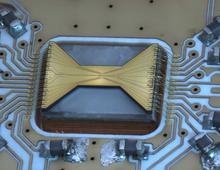
Quantum Simulation and Sensing with Trapped Ion Crystals
We use magnetic and electric fields in a Penning trap to confine two-dimensional Coulomb crystals of ions. We can perform quantum simulations of many-body spin Hamiltonians in these systems, and can perform sensing of electric fields below the standard quantum limit using quantum mechanical squeezing.
Staff Scientists: Allison Carter
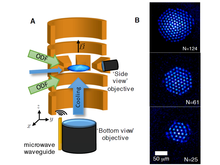
Precision Measurement and Quantum Control of Trapped Molecular Ions
We use quantum logic techniques to prepare, control, and measure the rovibrational and electronic states of single trapped molecular ions using co-trapped atomic ions.
Staff Scientists: James Chin-Wen Chou, Dietrich Leibfried
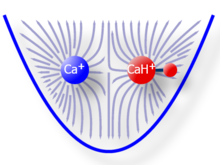
Quantum Networking with Trapped Ions in Optical Cavities
Quantum networks, a promising resource for computing and sensing, generate useful entanglement between spatially separated quantum systems. Our research is focused on coupling trapped ions to optical photons in ion-trap-integrated fiber Fabry-Pérot cavities, enabling efficient remote entanglement generation and experiments in quantum optics.
Staff Scientists: Dietrich Leibfried, Daniel Slichter, Lindsay Sonderhouse
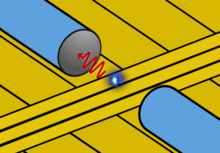
Contacts
-
(303) 497-5861

